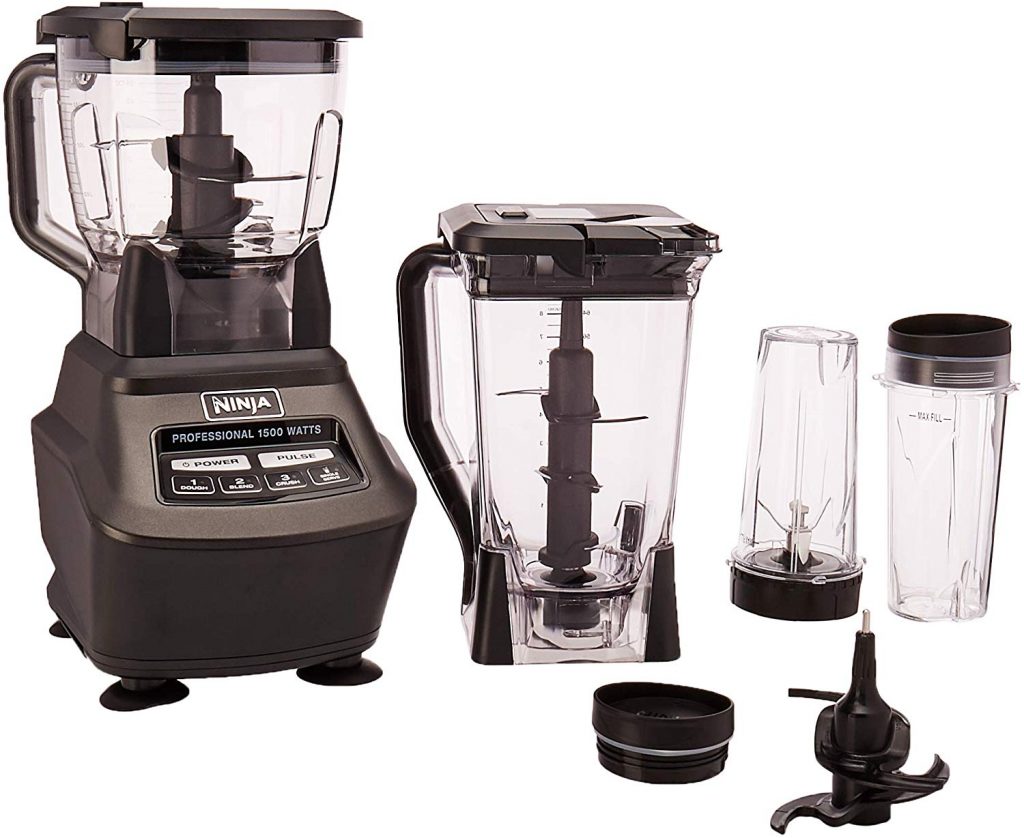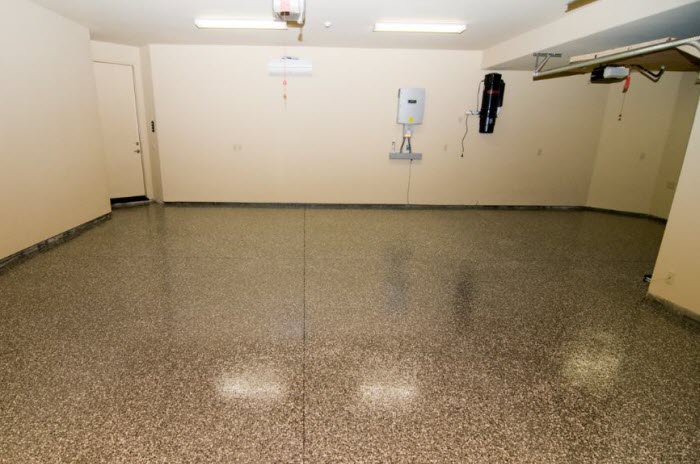This article will help you with finding the best instrument. Finding the right instrument is perhaps the main tasks to check the site Google rank or position. This gives you a considered how the whole of your undertakings of SEO, outsider referring to, etc are giving results. The decision of the mechanical assembly should be established on various segments and the instrument ought to consider various continuous changes that have been done on Google in latest 1 year or something to that effect. Scrutinize ahead to find what are these movements and how to find the best Google situating gadget. Finally you can look in the resource box under to find a magnificent instrument which considers all the progressing changes portrayed underneath on Google. It is clearly that if your site is not situating extraordinary on Google it will take after a left island with no traffic aside from on the off chance that you have stacks of money for PPC.

As of now to understand in fundamental terms Google positions a site subject to more than 200 parts, out of this the most essential yet then most huge factor is expressions everyone understands that right. However you need to grasp there is an entire other world to it. Exactly when you search for any expression state buy blooms on Google it gives you a ton of result, anyway what people cannot deny is that the course of action of result for a comparative watchword will be different for someone else who is roosted on another PC. As of now the request is the explanation so. the proper reaction is basically before you, have you seen that Google has changed its presentation page an extensive sum in latest 1 year, as of now Google gives you decision to adjust your chase on the left 50% of Google greeting page taking into account time slot results from latest 1 year, multi month, and on your country custom zone and click here to read more.
By setting your tendency you can moreover glance through a comparative watchword on online diaries, conversations, in a general sense is it endeavoring to give tweaked results and accordingly ordered records for 2 unmistakable people for same expressions are uncommon. For example people are truly associated with their site and consequently you tend request your site more on Google to how it is showing up, so Google would rank your site better on your PC yet not on your buddy’s PC. In addition, Google offers importance to the territory from where you are looking and visit digitalvar. Thusly the Google ordered arrangements of a watchword in U.S.A. would not resemble outcomes of a comparative expression in U.K.







